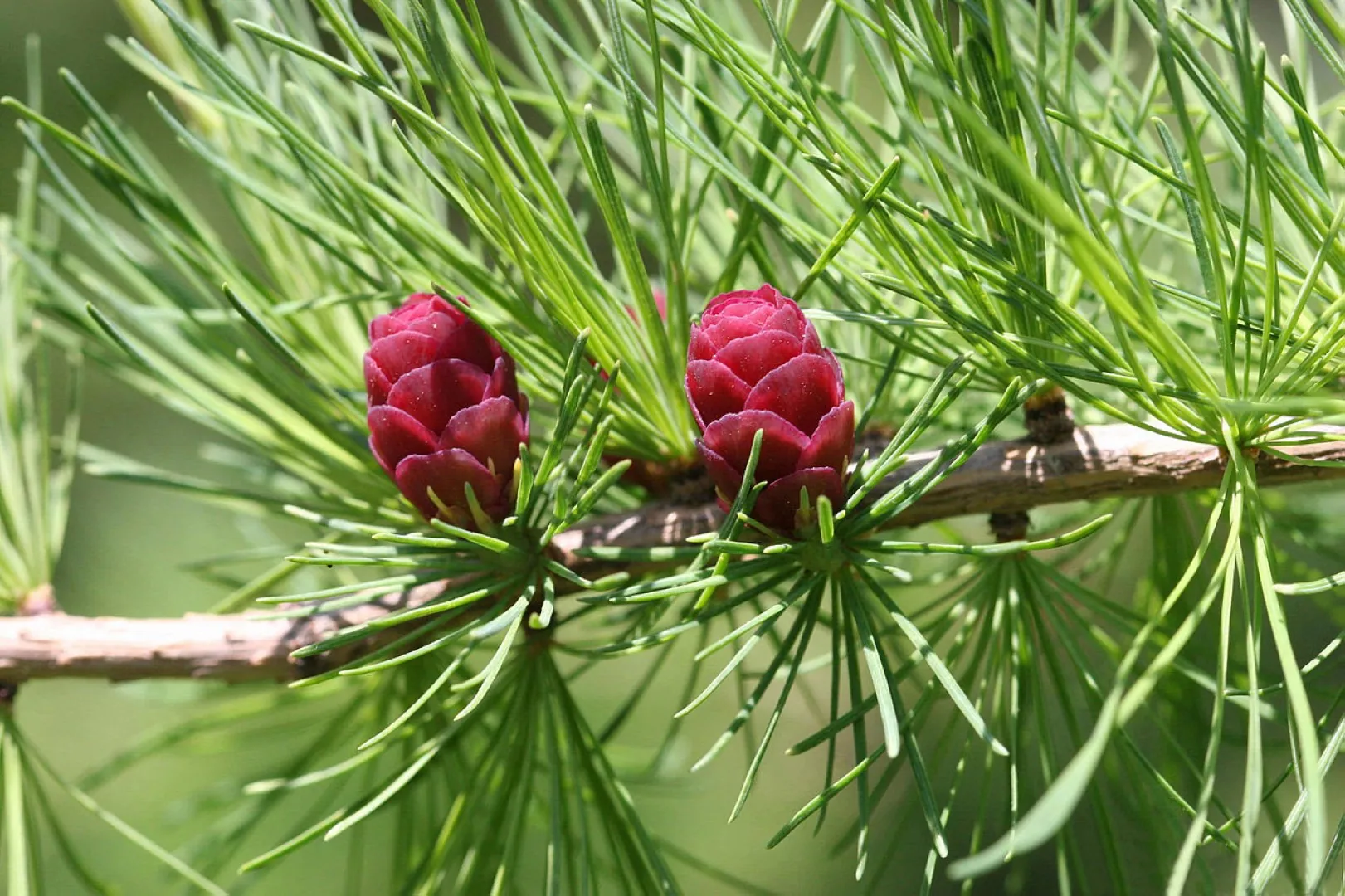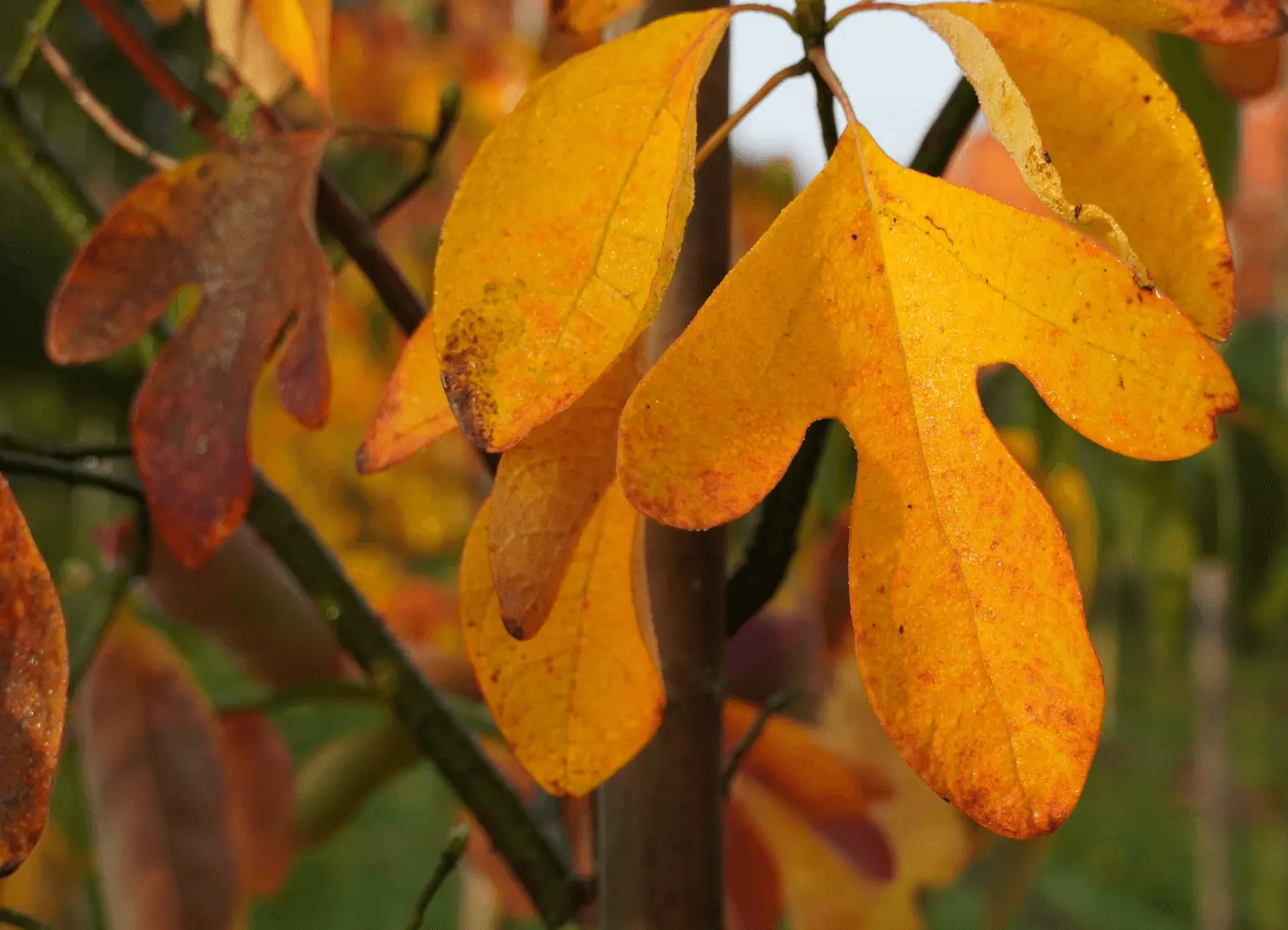
Soil Health & Fertilization
We unite suppliers and green industry professionals worldwide
Unlike its evergreen relatives, Tamarack is a deciduous conifer that loses its soft, green needles each fall by ending the season in a radiant display of golden yellow
By Victor Miller
|Published on June 12, 2025


“What kind of conifer turns golden in fall—then drops all its needles?”
Introducing the Tamarack (Larix laricina), a rare gem among conifers. Unlike its evergreen relatives, Tamarack is a deciduous conifer that loses its soft, green needles each fall by ending the season in a radiant display of golden yellow. Native to North America's northern bogs and wetlands, this hardy and adaptable tree is as tough as it is beautiful.
They are often called Eastern Larch and grow well in cold and wet areas. It is beloved for its feathery texture and graceful form as well as seasonal drama — ornamental interest year-round. From the soft green flush of spring to the golden brilliance of autumn, this tree will provide structure and a wild beauty to any landscape.
| Common Name | Tamarack, Eastern Larch |
| Botanical Name | Larix laricina |
| Plant Type | Deciduous conifer |
| Height/Spread | 40 to 80 feet tall, 15 to 30 feet wide |
| Sunlight | Full sun |
| Soil | Acidic, moist, well-drained, or boggy |
| Watering | Moderate to high; prefers wet conditions |
| Bloom Time | Spring (inconspicuous flowers) |
| Hardiness Zones | USDA 2–5 |

September 25, 2025
9 minute read
September 24, 2025
9 minute read
September 23, 2025
10 minute read
September 22, 2025
9 minute read


Join as a seller and connect with thousands of B2B buyers nationwide!
Sign Up

Watermelon Peperomia
Watermelon Peperomia is a tropical evergreen native to South America. It’s popular because of its easy-care nature, compact growth habit and, especially, those eye-catching leaves that look like tiny watermelon skins

Lady’s Mantle
Lady’s Mantle is known for its velvety, scalloped leaves, which catch and hold raindrops as if they were liquid pearls. This old-fashioned perennial is not only gorgeous, it is extremely resilient, low maintenance and useful. It is a favorite for cottage

Elizabeth Magnolia
Magnolia 'Elizabeth' is a graceful deciduous tree known for its soft yellow, lemon-scented flowers that bloom in early spring before the foliage. With its upright form and subtle color, it’s a favorite for adding elegance to any landscape.

Sassafras
With its uniquely mitten-shaped leaves, spicy aroma, and a history rooted in both Native American tradition and Southern cooking, Sassafras is much more than an ornamental tree — it’s a living record of culture, utility and seasonal beauty.
Tamarack trees are very adapted to cold northern climates and eagerly grow in areas other trees might not be able to survive. While they are often found in bogs and swamps, they grow just as well in well-drained garden soil, provided it's moist and acidic. They need full sun and do not handle shade well. Tamaracks are low-maintenance once established and rarely suffer from pests or diseases.
The needles appear soft and bright green and turn golden yellow in the fall before they are dropped. In the winter their naked branches expose an attractive, open frame that gives a dormant landscape texture. They are great for naturalistic planting, wildlife corners and large gardens.
Tamarack needs full sun to thrive. It has no tolerance for shade, and if light is limited it will make itself scarce, or become leggy. For the best fall color and optimal growth, plant in an area that receives at least 6 hours of direct sunlight per day.
Although naturally at home in damp peaty or boggy soils, Tamarack will also thrive in loamy or sandy soil as long as there is enough moisture. It prefers acidic to slightly acidic and well-drained soil. It’s recommended not planting in heavy or more alkaline soils. Adding organic matter can improve conditions in drier gardens.
Tamarack loves moist to wet soil and is especially adapted to periodic flooding or boggy conditions.
Pruning is rarely required, although you can lightly shape Tamarack trees by removing dead, damaged or wayward branches.
Tamarack can be easily grown from seed or softwood cuttings, but is usually started from seed.
To propagate by seed:
To propagate by cuttings:
Tamarack trees are rarely grown in containers due to their size and root system, but young specimens can be kept temporarily in pots for bonsai or nursery use:
This is not a long-term option unless you're cultivating it as a bonsai, for which Tamarack is surprisingly well-suited due to its seasonal interest and flexible branches.
Tamarack is very cold hardy and does not need protection in a landscape (down to zone 2).
Tamarack’s flowers are small and non-showy, appearing in early spring before the needles fully appear.
Tamaracks are considered very pest and disease free, but some problems could occur:
Tamarack is a tree with a subtle beauty and seasonality. With spring softness of foliage, fall brilliance of color, and winter architecture, it provides the full round of charm that few conifers can match. Exceptionally hardy and naturally adapted to wet conditions, Tamarack is perfect for northern landscapes, wildlife gardens, or anyone looking for a low-maintenance tree with high visual impact.
Whether it's the golden spectacle of its autumnal performance, or simply the curiosity of its unusual (for a conifer!) deciduous ways, Tamarack tree rewards patient gardeners with grace, resilience, and natural elegance year after year.
Tamarack is a deciduous conifer and unlike the majority of conifers, its needles turn golden yellow and are then shed each autumn. It’s not a sign of disease.
It’s a moderate grower, adding some 12–24 inches per year under optimal conditions.
Yes — it offers cover for birds and small mammals, and its cones provide food for squirrels and songbirds.

Soil Health & Fertilization
Victor Miller

Pest Identification & Prevention
Victor Miller

Lawn Care Tips & Maintenance
Victor Miller

Soil Health & Fertilization
Victor Miller

Smart Irrigation Systems
Victor Miller

Patios, Walkways & Driveways
Victor Miller

Soil Health & Fertilization
Victor Miller

Pest Identification & Prevention
Victor Miller
My Account
Our team is always here to help.
We are open Monday - Friday, 9:00 AM to 4:30 PM PST.